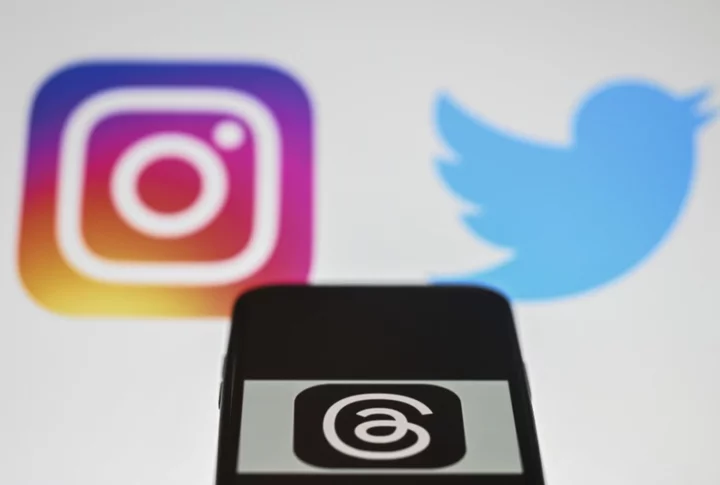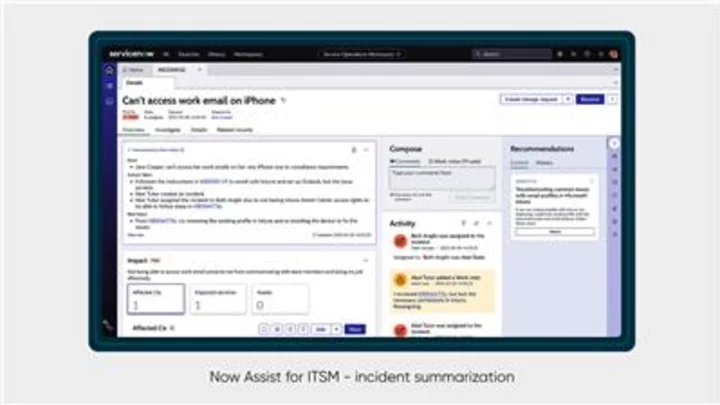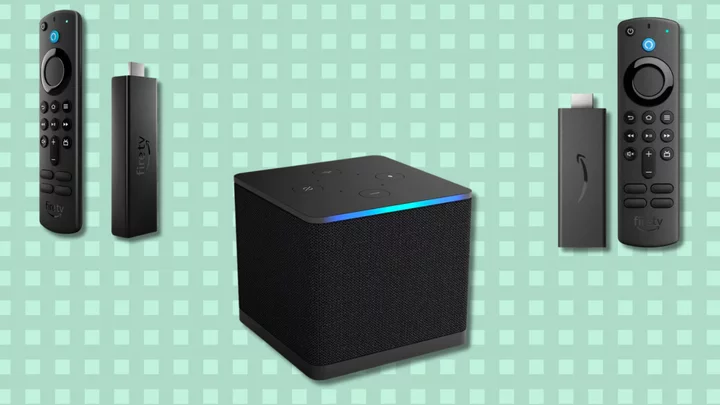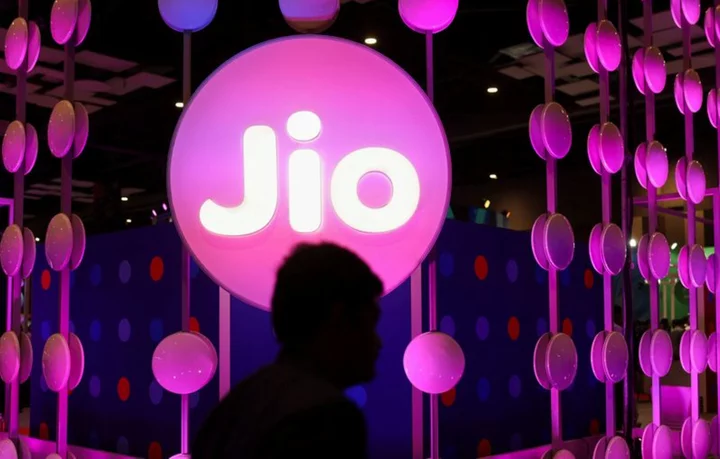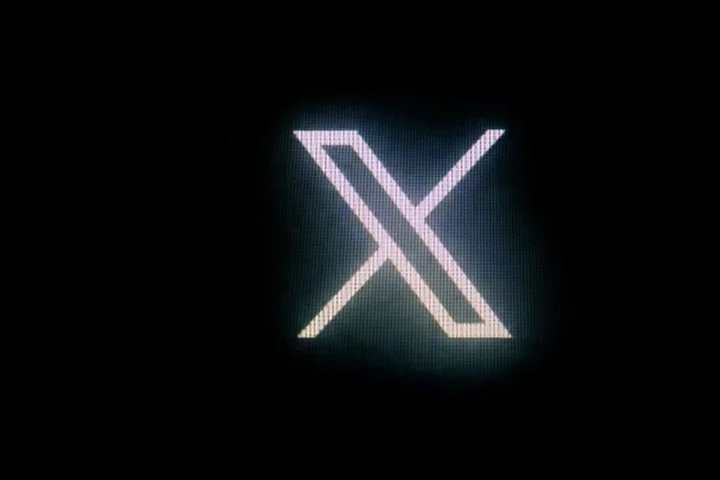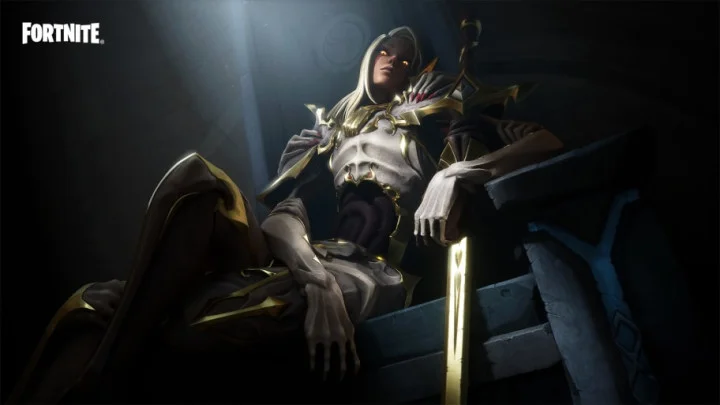Threads, Instagram’s answer to Twitter, is finally here. After months of rumours, and amid what seems like it could be the decline of Twitter, Meta has launched its own platform for posting short text updates and replying to those from others. The app arrived overnight and is already picking up momentum, gaining ten million of downloads and signups in its first few hours. But what is it actually like to use, and will it be the thing that finally takes over from Twitter? Here are some first impressions of using the app, in the first few hours it is available. First impressions: Signing up and following people The sign-up process is astonishingly slick, in large part because of the app’s integration with Instagram. (So if you don’t use Instagram already, it won’t be quite so impressive.) This is already an important contrast with other Twitter competitors, such as Mastodon and Bluesky, which have complicated signup processes that could very easily put off potential users. Signing up means downloading the app, clicking your already imported Instagram login, and then choosing which of the accounts you follow there to copy over to Threads. Once that is done, you will be taken to the news feed. From there, everything will look very familiar: it is a combination of Twitter and Instagram, and that’s exactly what it looks like. If you’ve used those apps, you’ll probably already have a perfect sense of how it works, and even if you haven’t then everything is built to be as obvious and intuitive as possible. What is Threads like to use? The Threads app is astonishingly neat, and it already puts Twitter to shame. Everything is nicely sized to ensure that you can read posts and scroll through them, and the news feed is easy to navigate through. It is, mostly, like one of the third-party clients for Twitter, which Elon Musk killed off soon after he took over the site. Just like them, you get the basic functions of Twitter – replies, profiles and so on – but repackaged into a much nicer design. One of the big problems will be deciding who to follow from Instagram. Being able to post nice pictures on there is in no way an indication of a person’s ability to write nice text updates, and many of the best posters on Twitter would have been useless on a picture-focused site. When I open up Threads, for instance, it has a large focus on the kind of organisational account that I tend to follow for their nice pictures on Instagram. Those accounts are not necessarily quite so fun in text form. The other big problem is that the app is a lot less useful until people actually start signing up. If you don’t follow people already, then the feed will instead try to fill itself with posts from others, picked via an algorithm; just as it does on Instagram, that algorithm tends to pick quite boring and not especially relevant posts. An app like Threads – just like Instagram and Twitter before it – are only really as good as the people you follow. For now, there are fewer people to follow, and so it’s hard to say exactly how good or bad the app might end up being. Will Threads kill Twitter? Many apps have tried to succeed Twitter. Many have failed. But Threads is stronger than those that have come before, and Twitter is weaker than it has ever been. So the fact that no app has yet unseated Twitter does not mean that it is doomed. Much of that strength comes in the backing of Meta. It means that the app is slick and highly functional at launch, and comes with an existing network of people imported from Instagram. And much of the weakness of Twitter comes from timing. The site has gone from problem to problem under Elon Musk – but feels particularly troubled at the moment, after a weekend that saw a flurry of technical issues that brought with them an unusual response. However, Twitter has long served an unusual function in society, far beyond its actual size. Celebrities and major organisations have used it to make announcements; the media has used it to report on them. That importance within society meant that it stuck around long after its users became frustrated with it (and was probably the reason Mr Musk bought it in the first place). But that importance has already been disappearing: as a result of technical issues, a falling reputation and more, many of the individuals and organisations that gave Twitter its value have already left. It’s very likely that no other app will ever be able to recreate the combination of societal heft and blazing speed that marked Twitter out at its best. Not even Twitter can really do that anymore. It’s unlikely that Twitter will actually die soon: social networks tend to die not with a bang but with a whimper, and there will be probably be people that stick around long after the site has lost its place in society. But it is safe to say that it is already shrinking, and that Threads could accelerate that. So Threads might eventually kill Twitter: it already has a better design, and is less likely to prove controversial, and looks well set up to take users from its competitor site. But it might also not actually need to kill Twitter, which is dying already and might never be replaced. Read More Threads: What it’s like to use Instagram’s new Twitter rival Meta’s new Twitter rival app Threads gets over 5 million sign-ups How to get and use ‘Threads’, the biggest new social app Mark Zuckerberg launches his ‘Twitter killer’ app called Threads Judge blocks Biden agencies from communicating with social media platforms Meta’s Twitter alternative Threads to be launched this week
Threads, Instagram’s answer to Twitter, is finally here. After months of rumours, and amid what seems like it could be the decline of Twitter, Meta has launched its own platform for posting short text updates and replying to those from others.
The app arrived overnight and is already picking up momentum, gaining ten million of downloads and signups in its first few hours.
But what is it actually like to use, and will it be the thing that finally takes over from Twitter? Here are some first impressions of using the app, in the first few hours it is available.
First impressions: Signing up and following people
The sign-up process is astonishingly slick, in large part because of the app’s integration with Instagram. (So if you don’t use Instagram already, it won’t be quite so impressive.) This is already an important contrast with other Twitter competitors, such as Mastodon and Bluesky, which have complicated signup processes that could very easily put off potential users.
Signing up means downloading the app, clicking your already imported Instagram login, and then choosing which of the accounts you follow there to copy over to Threads. Once that is done, you will be taken to the news feed.
From there, everything will look very familiar: it is a combination of Twitter and Instagram, and that’s exactly what it looks like. If you’ve used those apps, you’ll probably already have a perfect sense of how it works, and even if you haven’t then everything is built to be as obvious and intuitive as possible.
What is Threads like to use?
The Threads app is astonishingly neat, and it already puts Twitter to shame. Everything is nicely sized to ensure that you can read posts and scroll through them, and the news feed is easy to navigate through.
It is, mostly, like one of the third-party clients for Twitter, which Elon Musk killed off soon after he took over the site. Just like them, you get the basic functions of Twitter – replies, profiles and so on – but repackaged into a much nicer design.
One of the big problems will be deciding who to follow from Instagram. Being able to post nice pictures on there is in no way an indication of a person’s ability to write nice text updates, and many of the best posters on Twitter would have been useless on a picture-focused site.
When I open up Threads, for instance, it has a large focus on the kind of organisational account that I tend to follow for their nice pictures on Instagram. Those accounts are not necessarily quite so fun in text form.
The other big problem is that the app is a lot less useful until people actually start signing up. If you don’t follow people already, then the feed will instead try to fill itself with posts from others, picked via an algorithm; just as it does on Instagram, that algorithm tends to pick quite boring and not especially relevant posts.
An app like Threads – just like Instagram and Twitter before it – are only really as good as the people you follow. For now, there are fewer people to follow, and so it’s hard to say exactly how good or bad the app might end up being.
Will Threads kill Twitter?
Many apps have tried to succeed Twitter. Many have failed.
But Threads is stronger than those that have come before, and Twitter is weaker than it has ever been. So the fact that no app has yet unseated Twitter does not mean that it is doomed.
Much of that strength comes in the backing of Meta. It means that the app is slick and highly functional at launch, and comes with an existing network of people imported from Instagram.
And much of the weakness of Twitter comes from timing. The site has gone from problem to problem under Elon Musk – but feels particularly troubled at the moment, after a weekend that saw a flurry of technical issues that brought with them an unusual response.
However, Twitter has long served an unusual function in society, far beyond its actual size. Celebrities and major organisations have used it to make announcements; the media has used it to report on them.
That importance within society meant that it stuck around long after its users became frustrated with it (and was probably the reason Mr Musk bought it in the first place). But that importance has already been disappearing: as a result of technical issues, a falling reputation and more, many of the individuals and organisations that gave Twitter its value have already left.
It’s very likely that no other app will ever be able to recreate the combination of societal heft and blazing speed that marked Twitter out at its best. Not even Twitter can really do that anymore.
It’s unlikely that Twitter will actually die soon: social networks tend to die not with a bang but with a whimper, and there will be probably be people that stick around long after the site has lost its place in society. But it is safe to say that it is already shrinking, and that Threads could accelerate that.
So Threads might eventually kill Twitter: it already has a better design, and is less likely to prove controversial, and looks well set up to take users from its competitor site. But it might also not actually need to kill Twitter, which is dying already and might never be replaced.
Read More
Threads: What it’s like to use Instagram’s new Twitter rival
Meta’s new Twitter rival app Threads gets over 5 million sign-ups
How to get and use ‘Threads’, the biggest new social app
Mark Zuckerberg launches his ‘Twitter killer’ app called Threads
Judge blocks Biden agencies from communicating with social media platforms
Meta’s Twitter alternative Threads to be launched this week

